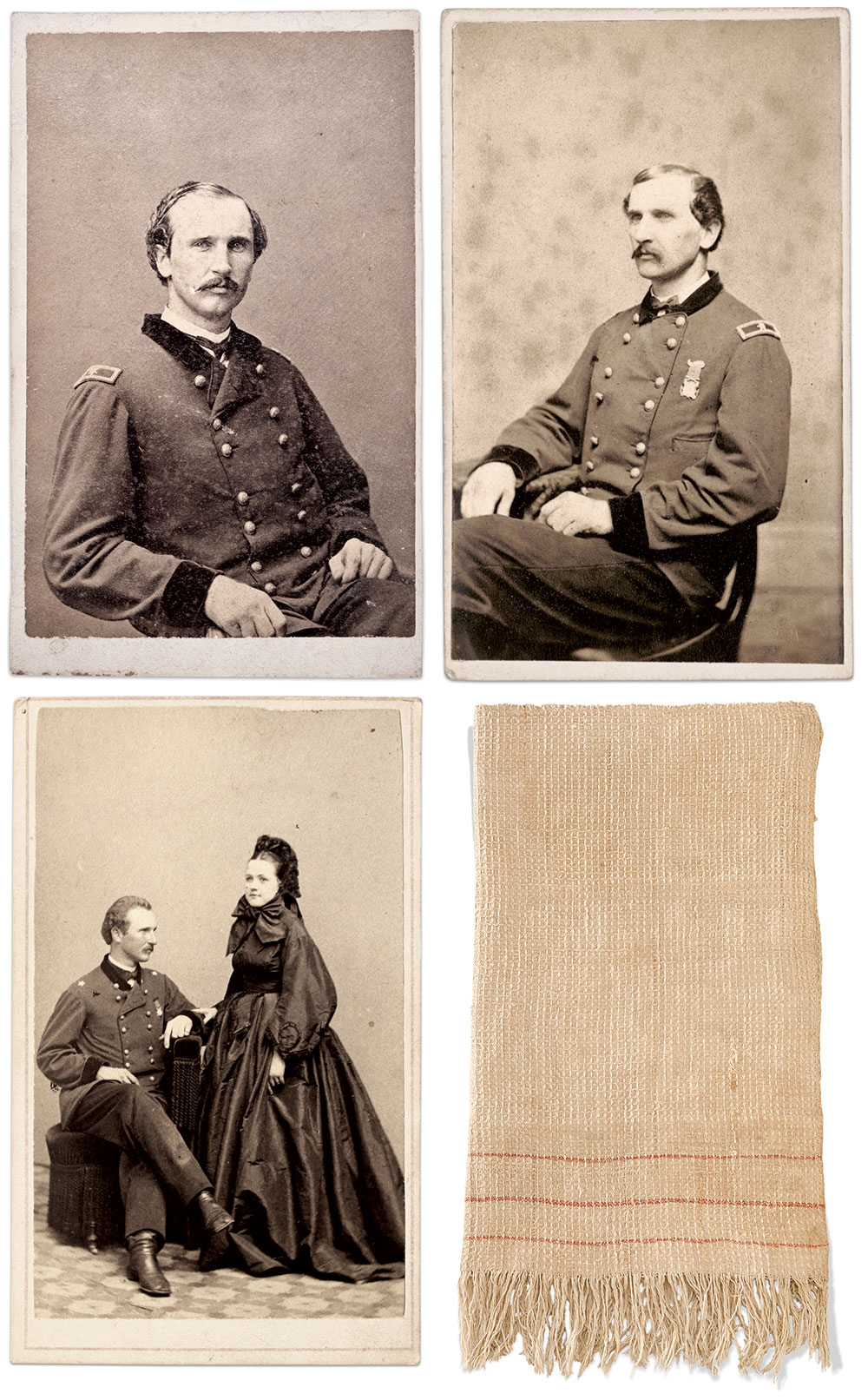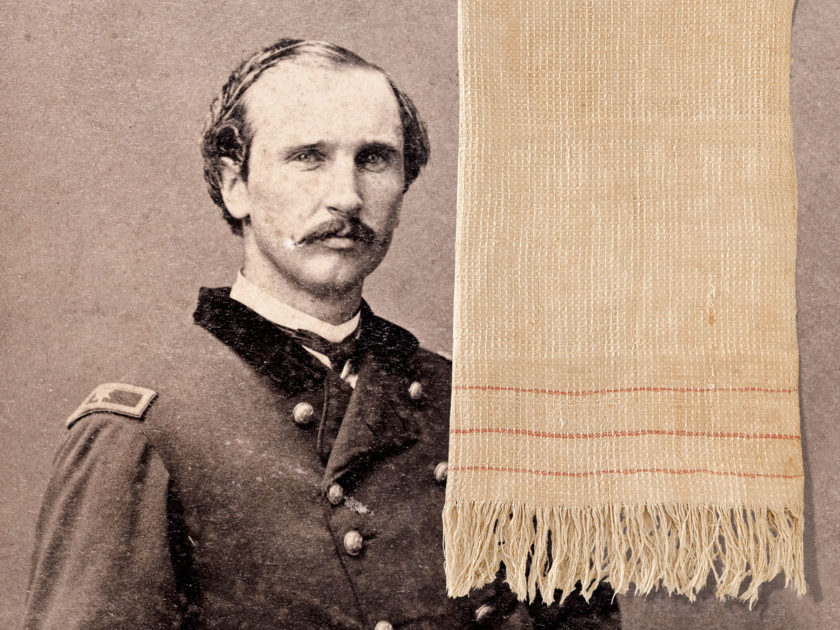Almost a half century after the Civil War, an aged veteran wrote, “I will say to the whole world, match my old commander’s record if you can!”
The writer, a former sergeant in the 1st Connecticut Cavalry, referred to the lieutenant colonel of his regiment, Edward Washburn Whitaker.
Born a farmer’s son in Connecticut, Whitaker volunteered for the military just days after the fall of Fort Sumter. He enlisted as a corporal in the 1st Connecticut Infantry and fought at Bull Run, the first of 82 engagements credited to him. At the conclusion of the regiment’s three-month term, Whitaker joined a battalion that grew into the 1st Connecticut Cavalry.
Over the next three-plus years, Whitaker rose in rank from first sergeant to lieutenant colonel and brevet brigadier general. Along the way, he and his comrades battled rebel forces in the Shenandoah Valley, endured the brutal 1864 Overland Campaign, and bore witness to the triumph at Appomattox Court House on April 9, 1865.
Whitaker’s leadership qualities caught the attention of senior commanders, who tapped him for various duties. As a captain on Maj. Gen. James H. Wilson’s staff, Whitaker volunteered to lead about 40 troopers to break through enemy infantry that barred Wilson’s main column from the rest of the army at Ream’s Station, Va., on June 29, 1864. According to one source, Whitaker and his force hit the rebel line “like a tornado, and galloped on to headquarters, where he arrived at an early hour of morning with only eighteen of his gallant cavalrymen.” Meanwhile, Wilson’s column detoured around the Confederates and reconnected with the main army.

An appreciative Wilson promoted Whitaker to major. In 1898, Whitaker received the Medal of Honor for his courage that June day.
Whitaker’s most memorable war experience occurred at Appomattox. During the morning of April 9, Confederate Capt. Robert M. Sims approached the Union line bearing a white towel and a request from Lt. Gen. James Longstreet for a truce. The request made its way to the commander in this sector of the line, Maj. Gen. George Armstrong Custer. He sent Whitaker, who had risen to Custer’s chief of staff, with Sims to Longstreet with a message that effectively arranged a temporary truce pending negotiations for the surrender of Gen. Robert E. Lee’s army.
Whitaker came away with two trophies: the towel carried by Sims and the chair used by Lee during negotiations inside the McLean home. Whitaker cut the towel in two and gave half to his commander’s wife, Elizabeth Bacon “Libby” Custer. This piece of the towel and the Lee chair eventually made its way to the Smithsonian Institution.
Whitaker went on to serve in government posts in Washington, D.C., and Hartford, Conn., and remained active in veterans’ affairs with the Grand Army of the Republic until his death in 1922 at age 81. His wife, Theodosia, and three daughters survived him. The old soldier’s remains rest in Arlington National Cemetery.
SPREAD THE WORD: We encourage you to share this story on social media and elsewhere to educate and raise awareness. If you wish to use any image on this page for another purpose, please request permission.
LEARN MORE about Military Images, America’s only magazine dedicated to showcasing, interpreting and preserving Civil War portrait photography.
VISIT OUR STORE to subscribe, renew a subscription, and more.

